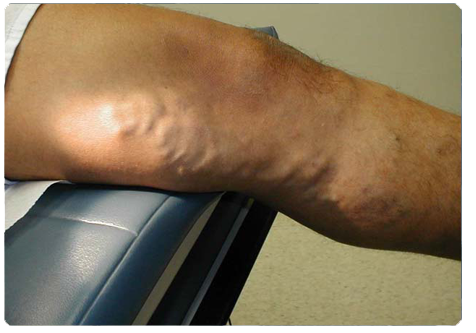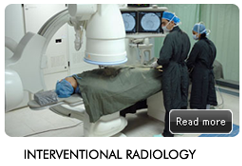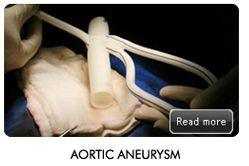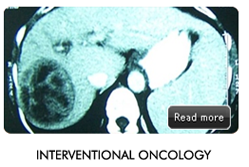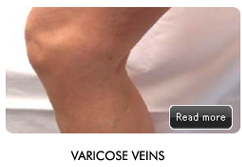- What are Varicose Veins?
- What are the symptoms of varicose veins or venous insufficiency?
- How are varicose veins diagnosed?
- What is laser venous ablation?
- What are the benefits of vein ablation?
- Are there any other treatments for varicose veins?
Varicose veins are prominent veins that have lost their valve effectiveness, and as a result of dilation under pressure, become elongated, rope-like, bulged, and thickened
Symptoms caused by varicose veins include aching pain, leg fatigue and leg heaviness, all of which worsen as the day progresses. Many people find they need to sit down in the afternoon and elevate their legs to relieve these symptoms. In more severe cases, reflux can lead to skin discolouration and ulceration, which becomes difficult to treat.
A patient suffering from varicose veins will require a detailed clinical assessment. It will also entail a venous colour Doppler, to assess the venous anatomy, vein valve function, and status of the perforators and deep veins. Reflux of blood into the saphenous veins, will help determine if you are a candidate for laser venous ablation. This reflux leads to pooling in the visible varicose veins.
This minimally invasive treatment is performed using imaging guidance and a specialised laser fibre. After applying local anaesthetic to the vein, the laser probe is introduced, under Doppler guidance, into the great saphenous vein. Laser energy is applied to the inside of the vein. This heats the vein and seals the vein closed.
By closing the saphenous vein, the varicose veins, which are close to the skin, shrink and improve in appearance
It is a minimally invasive treatment and provides immediate relief of symptoms. You can return to normal activity immediately with little or no pain. There may be minor soreness or bruising, which can be treated easily. Deep scarring is also avoided, as in surgical ligation or vein stripping; which was the treatment of varicose veins, but they can be quite painful and often have a long recovery time. In addition, there are high rates of recurrence with the surgical procedures, on average 10-25%. Two year data shows a 93-95% success rate. This is a much higher efficacy rate than surgical ligation or stripping.
Ambulatory phlebectomy and injection sclerotherapy are also used. Ambulatory phlebectomy is a minimally invasive surgical technique used to treat varicose veins that are not caused by saphenous vein reflux. The abnormal vein is removed through a tiny incision using a special set of tools.
Injection sclerotherapy can also be used to treat some varicose and nearly all spider veins. An extremely fine needle is used to inject the vein with a solution which shrinks the vein.
These procedures are quick, effective and allow return to normal activity immediately.


This effective treatment for varicose veins is performed by Dr Rahul Sheth, Interventional Radiologist, who has a vast experience in performing minimally invasive procedures.
